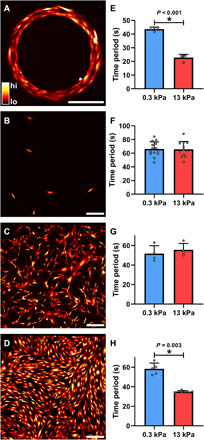Fig. 1. Effect of matrix stiffness on agonist-induced Ca2+ oscillations in SMCs.

(A) To study the role of altered matrix stiffness on the time period of agonist-induced Ca2+ oscillations, we micropatterned a 2D approximation of the in situ organization of SMCs. Cells were also cultured on nonpatterned surfaces in three different densities: (B) isolated, (C) sparse, and (D) confluent. The colors in Fig. 1 (A to D) correspond to cytosolic [Ca2+] concentrations as indicated by the color bar in Fig. 1A. Scale bars, 200 μm. (E) Increasing matrix stiffness from 0.3 to 13 kPa caused a significant decrease in Ca2+ oscillation period in SMC rings (t test, P < 0.001; N = 4 each). (F and G) The periods of SMC Ca2+ oscillations were not affected by matrix stiffness in both isolated (soft, N = 14; stiff, N = 12) and sparse (N = 4 each) conditions (t test, P = 0.93 and P = 0.481, respectively). (H) Confluent cells behaved like those patterned in a ring, with cells plated on stiff matrix exhibiting significantly faster Ca2+ oscillations in response to 10−5 M histamine compared to those on a soft matrix (soft, N = 5; stiff, N = 7; Mann-Whitney rank sum test, P = 0.003). These results demonstrate that matrix stiffness can modulate the agonist-induced Ca2+ response of confluent SMCs but not that of isolated cells.
